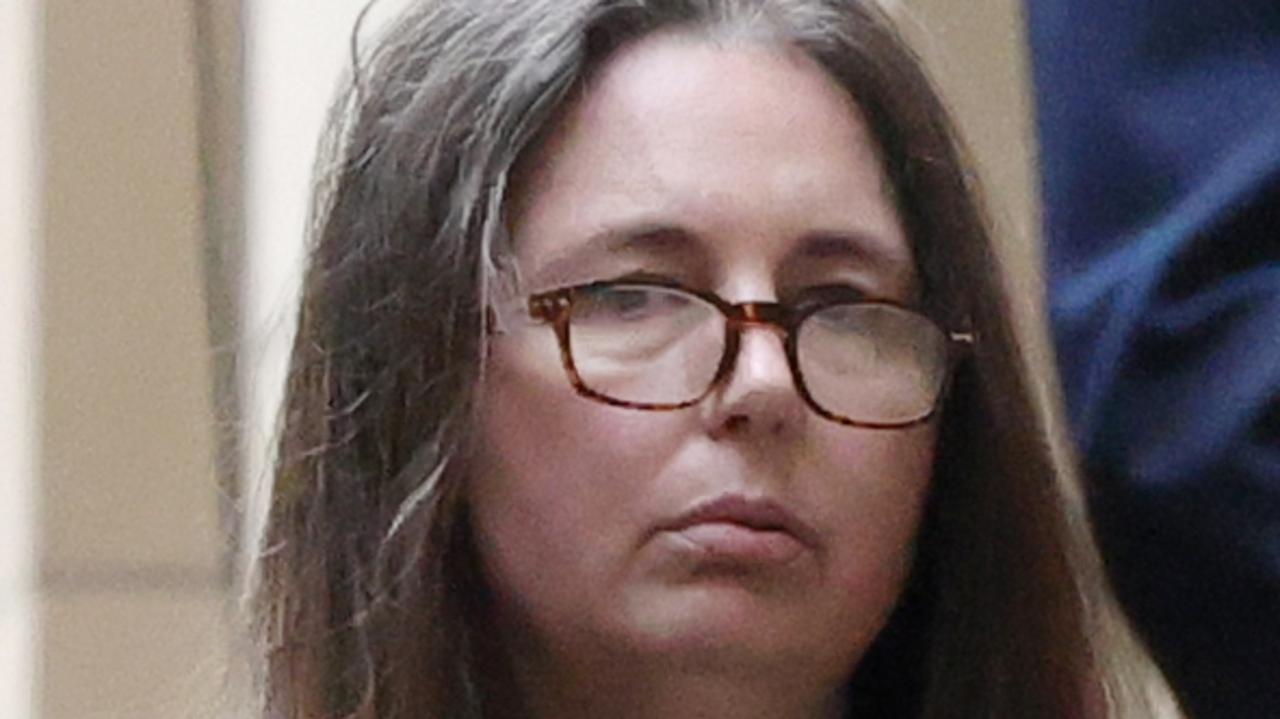Mushroom expert posted death cap location one day before Erin Patterson’s alleged visit
A mushroom expert spotted lethal death caps in Gippsland and posted their “very precise” location to a website one day before Erin Patterson allegedly travelled to the same area.
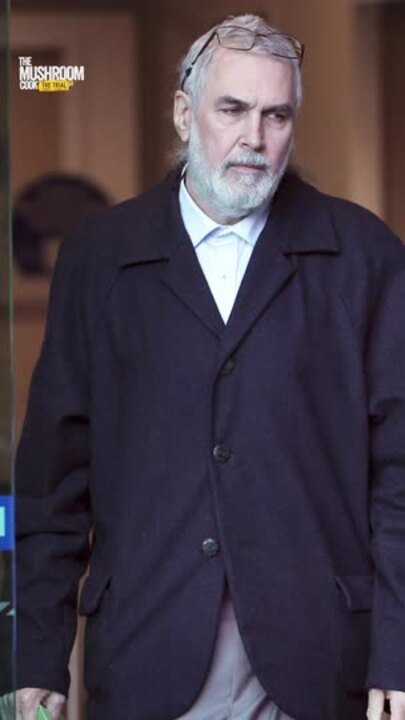
Police & Courts
Don't miss out on the headlines from Police & Courts. Followed categories will be added to My News.
A mushroom expert spotted lethal death caps in Gippsland and posted their exact location to a website one day before Erin Patterson allegedly travelled to the same area.
It comes as a doctor also told the jury in Ms Patterson’s triple murder trial that her tests did not show any signs of toxic mushroom poisoning after she was admitted to hospital.
Ms Patterson, 50, is standing trial in Morwell, accused of murdering her estranged husband’s parents Don and Gail Patterson, both 70, along with Gail’s sister Heather Wilkinson, 66.
They died after she served them a beef wellington lunch allegedly laced with death cap mushrooms at her Leongatha home on July 29, 2023.
Heather’s husband, pastor Ian Wilkinson, 71, was the only guest to survive.
She has pleaded not guilty to three counts of murder and one count of attempted murder, claiming what happened was a “tragedy and a terrible accident”.

Mycologist Tom May, an internationally recognised fungi specialist, was one of four witnesses to give evidence on Tuesday.
Dr May gave the Supreme Court a lesson on amanita phalloides, more commonly known as death cap mushrooms, explaining how they grow near oak trees and were not native to Australia.
The court heard death caps are “typically greenish or yellowish”, but “may be whitish or brownish, with or without white patches”.
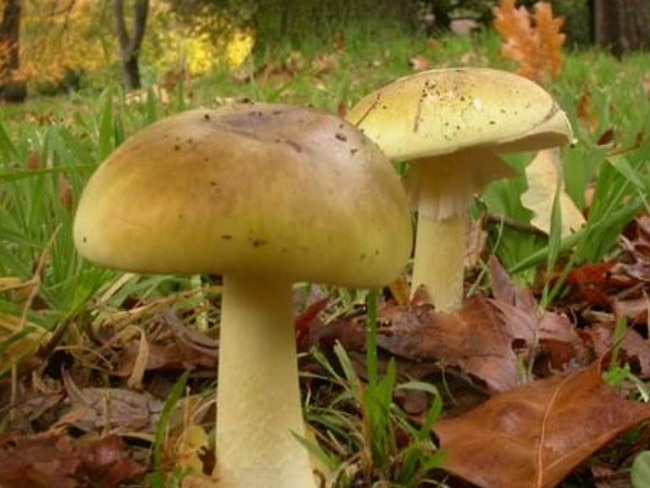
Dr May also spoke to the jury about the citizen science website iNaturalist where members of the public post sightings of plants, animals and fungi.
The court heard two observations of death caps in the Gippsland region, namely Loch and Outtrim, were posted to iNaturalist on April 18 and May 21, 2023.
Dr May confirmed it was him who posted about the death caps in Outtrim while he was in the township to make a presentation to a local community group about fungi.
“I went for a walk and saw these,” he said of the death caps.

He told the jurors, who were shown a screenshot of his iNaturalist post under the username funkeytom, that he provided a “very precise” pin for the location of the mushrooms.
“It was a fairly accurate location within, say, 20m,” he said.
In its opening address to the jury, the prosecution alleged that phone data suggests Ms Patterson travelled to Loch on April 28 and both Loch and Outtrim on May 22 after the iNaturalist posts were made.
The jury was also shown a photo of more than a dozen slices of mushrooms, with a yellow tinge, laid out on a tray on top of a set of kitchen scales.
Dr May said he believed the mushrooms depicted were consistent with death caps with “a high level of confidence”.
But he added: “There are potentially other mushrooms that could look the same when presented in this way.”
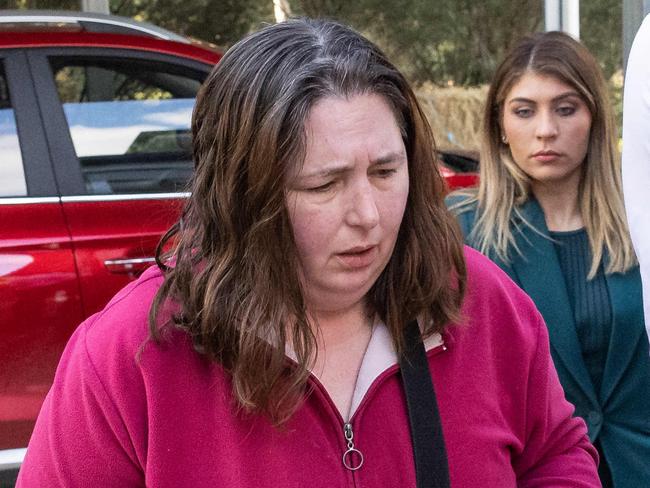
The court heard there were several look-a-likes for death caps, such as stubble rosegill.
When asked by defence barrister Sophie Stafford whether the identification of mushrooms is “fraught with challenges”, Dr May agreed it was “challenging”.
He told the court that different species of mushrooms could grow close together and that toxic mushrooms could grow alongside non-toxic mushrooms.
“We think there’s a rising interest in foraging for mushrooms and that might be … associated with the pandemic,” he added.
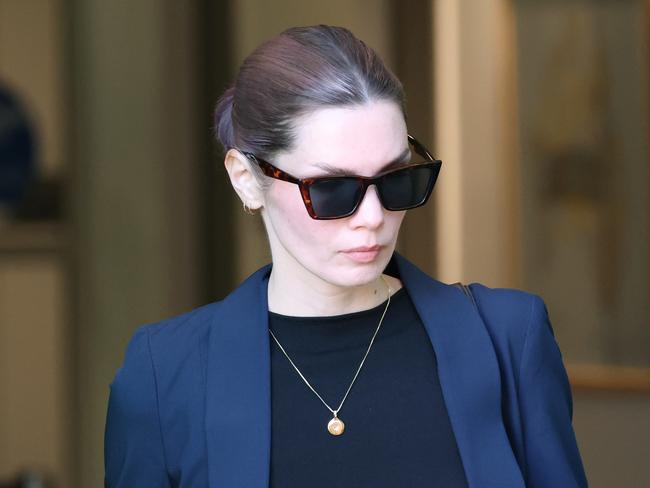
Earlier, Dr Laura Muldoon, who treated Ms Patterson at Monash Medical Centre, said there were no “clinical or biochemical” evidence of amanita poisoning, otherwise known as toxic mushroom poisoning, after her blood tests came back on August 1.
The court heard Ms Patterson had reported symptoms including nausea and diarrhoea when she was admitted to hospital on July 31, but was “feeling better” the next morning.
She was discharged about 1pm.
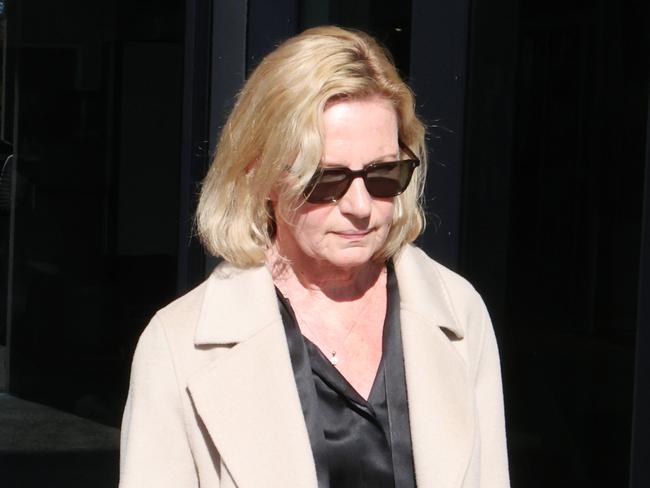
Professor Rhonda Stuart, a director of Infection Prevention and Public Health at Monash Health in July 2023, as well as Dr Muldoon, told the court Ms Patterson denied using foraged or wild mushrooms for the beef wellington when asked.
Professor Stuart said she told her she used button mushrooms from a supermarket and dried mushrooms from an Asian food shop from either Oakleigh or Glen Waverley.
“She asked me why I was asking those questions of her and I re-told her that I was just trying to make sure there was no public health issue,” she said.
The trial, before Justice Christopher Beale, continues.
For more mushroom trial coverage, click here.

